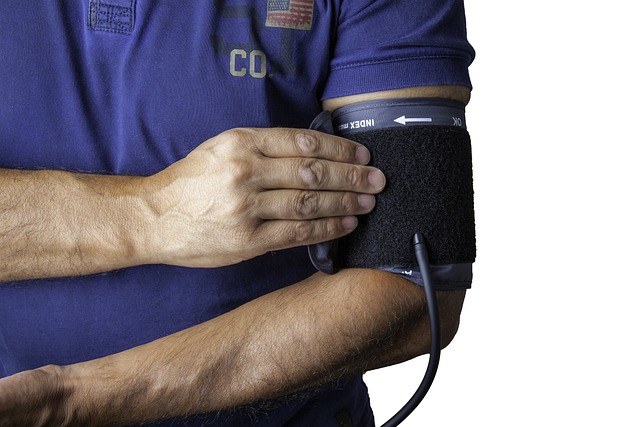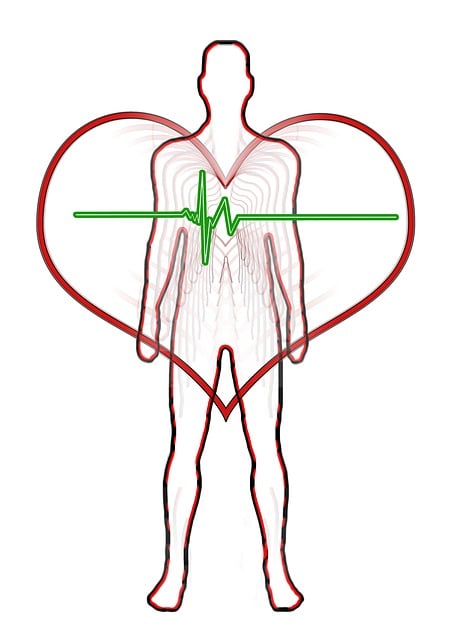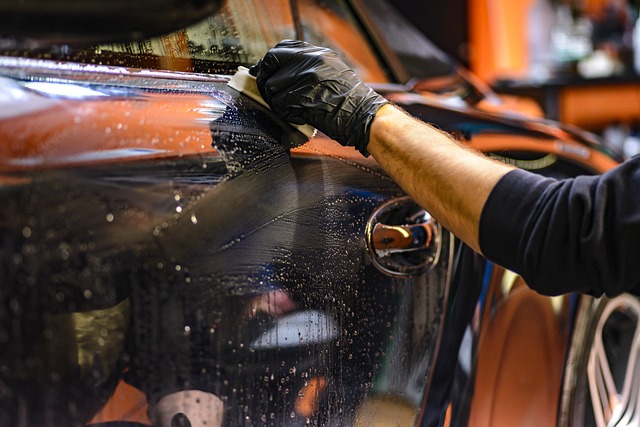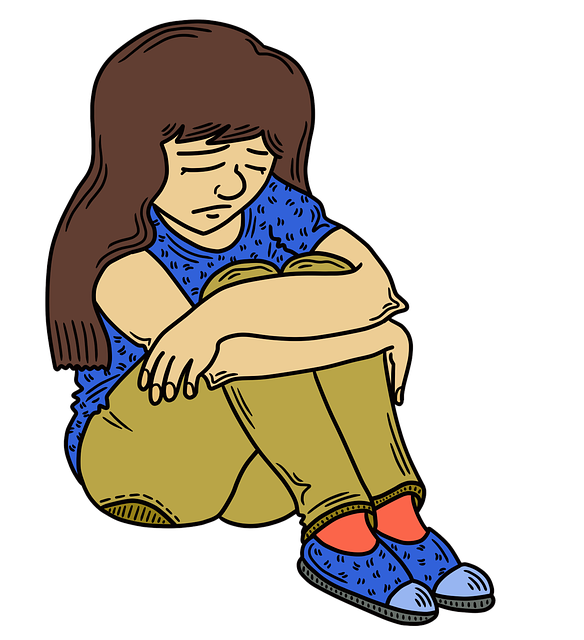Low water pressure is primarily driven by aging infrastructure, population growth, and issues within individual homes. Common causes include corroded pipes, mineral buildup, partial clogs, leaky fixtures, and outdated plumbing. Solutions involve regular inspections, upgrades to infrastructure, filter cleaning/replacement, leak repair, and installing pressure regulators. By addressing these factors, individuals and municipalities can maintain optimal water pressure.
Are you experiencing low water pressure at home? Before blaming your plumbing, consider that municipal water issues can also be a significant cause. This comprehensive guide delves into the common reasons behind low water pressure in both municipal systems and private homes. From main line corrosion to faulty valves, we explore practical solutions for fixing and maintaining optimal water pressure. By understanding the causes of low water pressure, you’ll gain valuable insights for ensuring a steady flow in your home.
- Understanding Low Water Pressure: Common Municipal Issues
- Home Plumbing Culprits and Solutions for Low Pressure
- Strategies to Enhance and Maintain Water Pressure in Your Home
Understanding Low Water Pressure: Common Municipal Issues

Low water pressure is a common issue that can be attributed to various factors, especially in municipal water systems. Understanding the causes behind this problem is essential for both homeowners and local authorities. One of the primary reasons for low pressure in urban areas is the aging infrastructure. Many cities have outdated pipe networks that struggle to distribute water efficiently, leading to reduced pressure at taps and showers. Corrosion and mineral buildup inside pipes can restrict water flow, causing pressure drops, especially during peak usage hours.
Additionally, municipal water systems often face challenges due to increased demand. As populations grow, the strain on water supplies rises, resulting in inadequate pressure for all residents. Water main breaks or repairs also contribute to temporary low pressure incidents. These issues highlight the complex nature of maintaining optimal water pressure across entire cities, necessitating regular inspection and upgrades to address the causes of low water pressure.
Home Plumbing Culprits and Solutions for Low Pressure

Low water pressure in your home can be frustrating, but understanding the causes is the first step to fixing the problem. Several factors within your plumbing system could be to blame. One common culprit is a partial clog in your pipes or faucet filters that restrict water flow. Over time, mineral deposits and debris can accumulate, narrowing the pipe diameter and reducing pressure.
Addressing these clogs is often straightforward. Regularly cleaning or replacing filters, snaking pipes to remove built-up residue, and using specialized cleaning solutions for stubborn blockages can help restore pressure. Additionally, checking for leaks is crucial; even small drips can significantly reduce water pressure over time. Fixing or replacing leaky faucets, showerheads, or pipes will ensure that more water reaches your outlets, alleviating low pressure issues.
Strategies to Enhance and Maintain Water Pressure in Your Home

Low water pressure in your home can be frustrating and often arises from various causes, such as leaks in pipes or outdated plumbing systems. To enhance and maintain water pressure, start by inspecting your plumbing for any visible signs of damage or wear and tear. Repairing or replacing faulty fixtures, like worn-out valves or corroded pipes, is essential to prevent water loss and ensure a steady flow. Regular maintenance checks can help identify potential issues early on, saving you from more extensive repairs later.
Consider installing pressure regulators to maintain consistent water pressure throughout your home. These devices adjust the incoming water pressure, ensuring a steady supply despite fluctuations in the main water line. Additionally, clearing or replacing mineral deposits in water heaters and showerheads can significantly improve water flow. Regular cleaning prevents buildup that restricts water passage, thereby enhancing overall pressure.
Low water pressure can stem from various sources, whether it’s municipal issues like aging infrastructure or corroded pipes, or home plumbing problems such as clogged aerators and low-flow fixtures. Understanding these causes is the first step towards effective solutions. By implementing strategies to maintain and enhance water pressure, homeowners can ensure a consistent flow for their daily needs. Regular maintenance and quick troubleshooting will help address any issues promptly, ensuring your home’s plumbing system operates efficiently.
